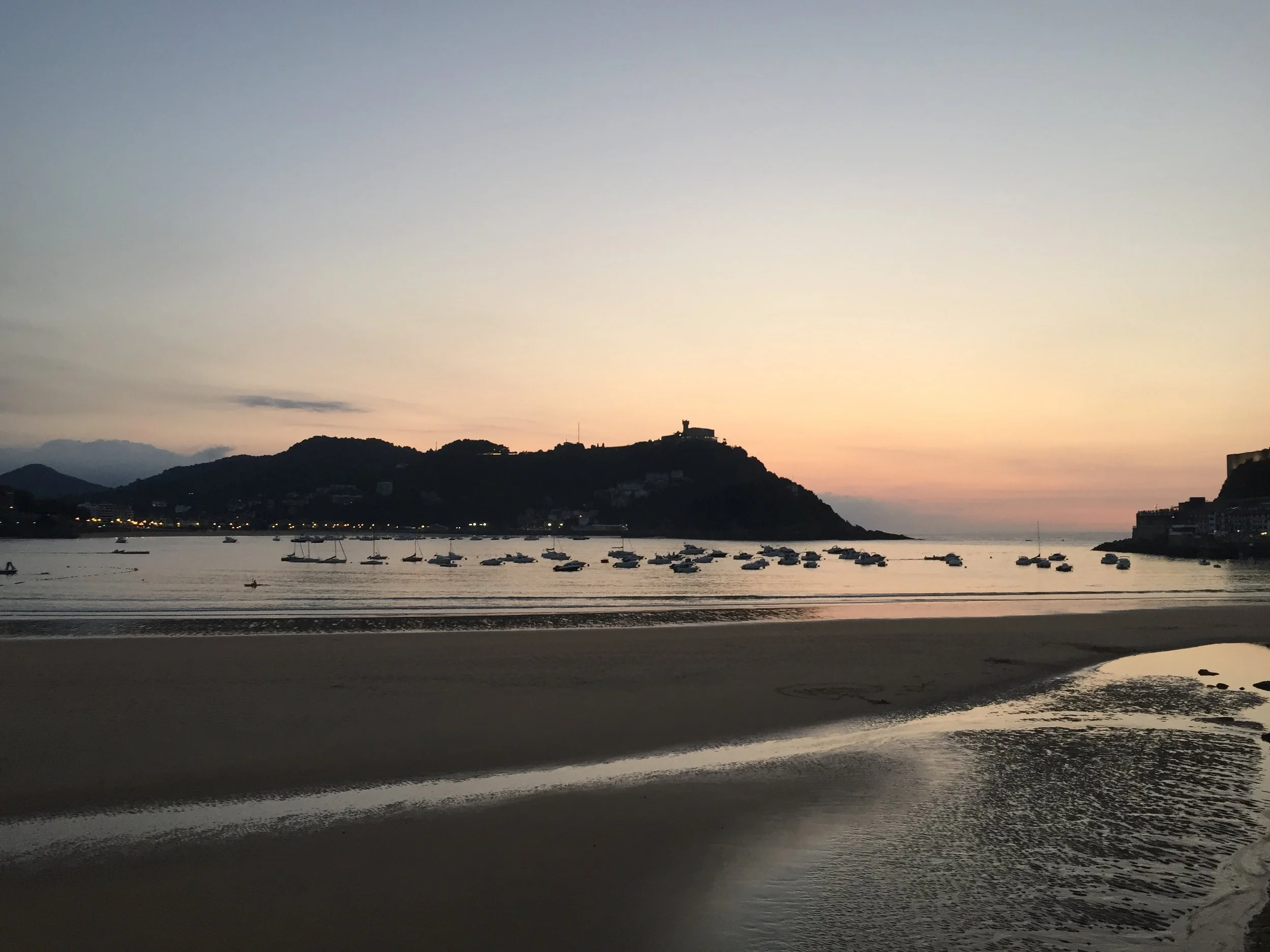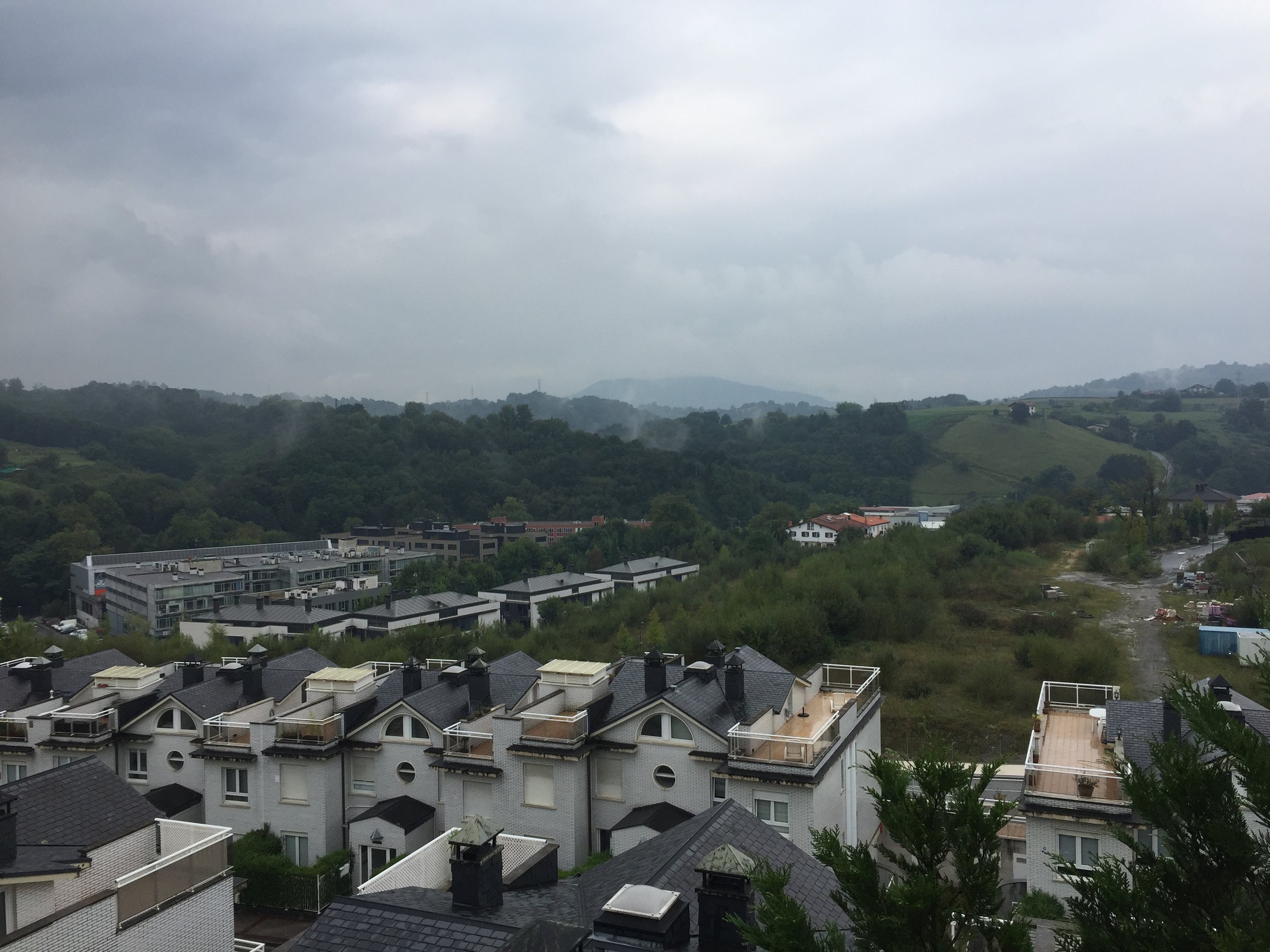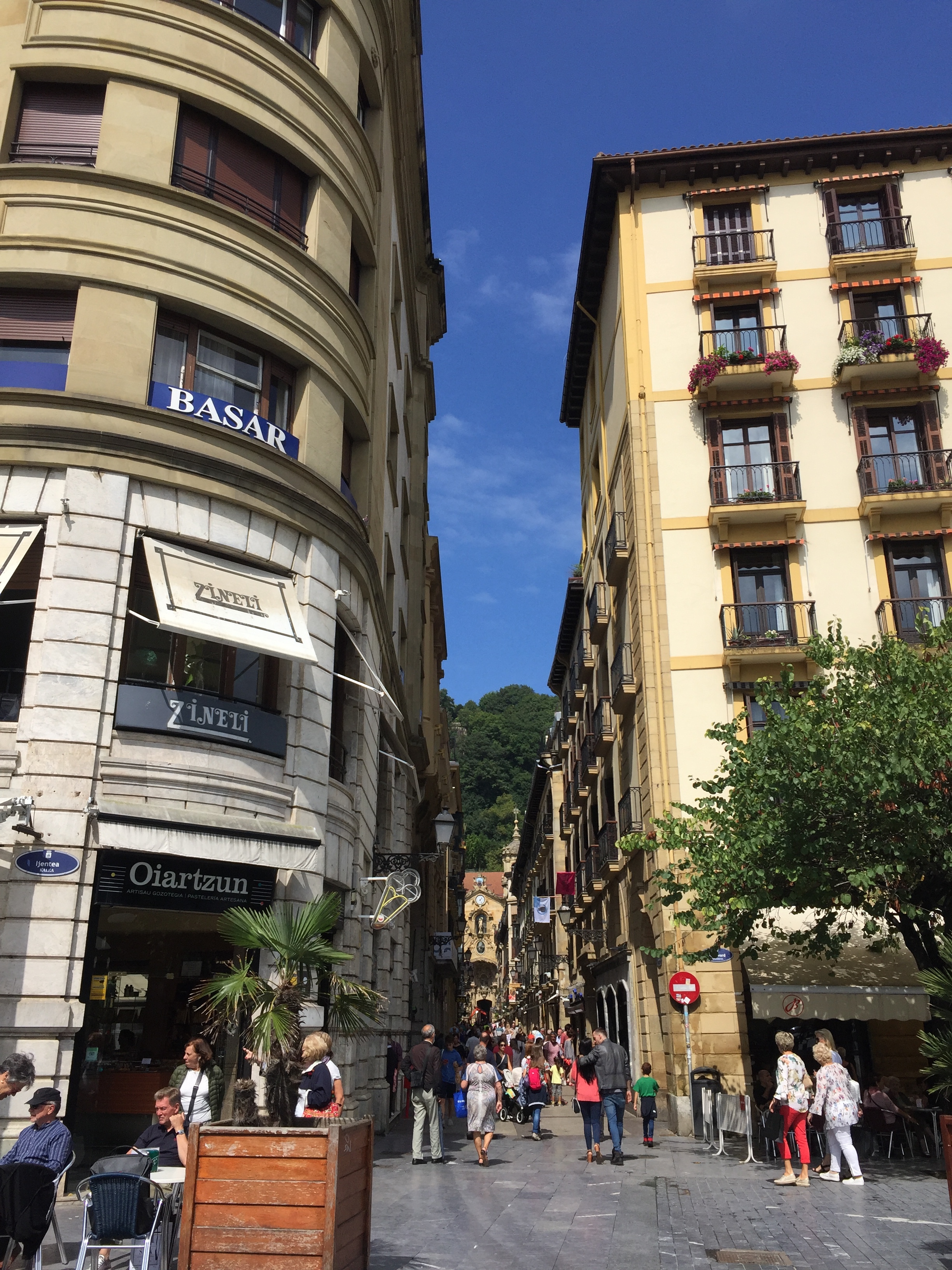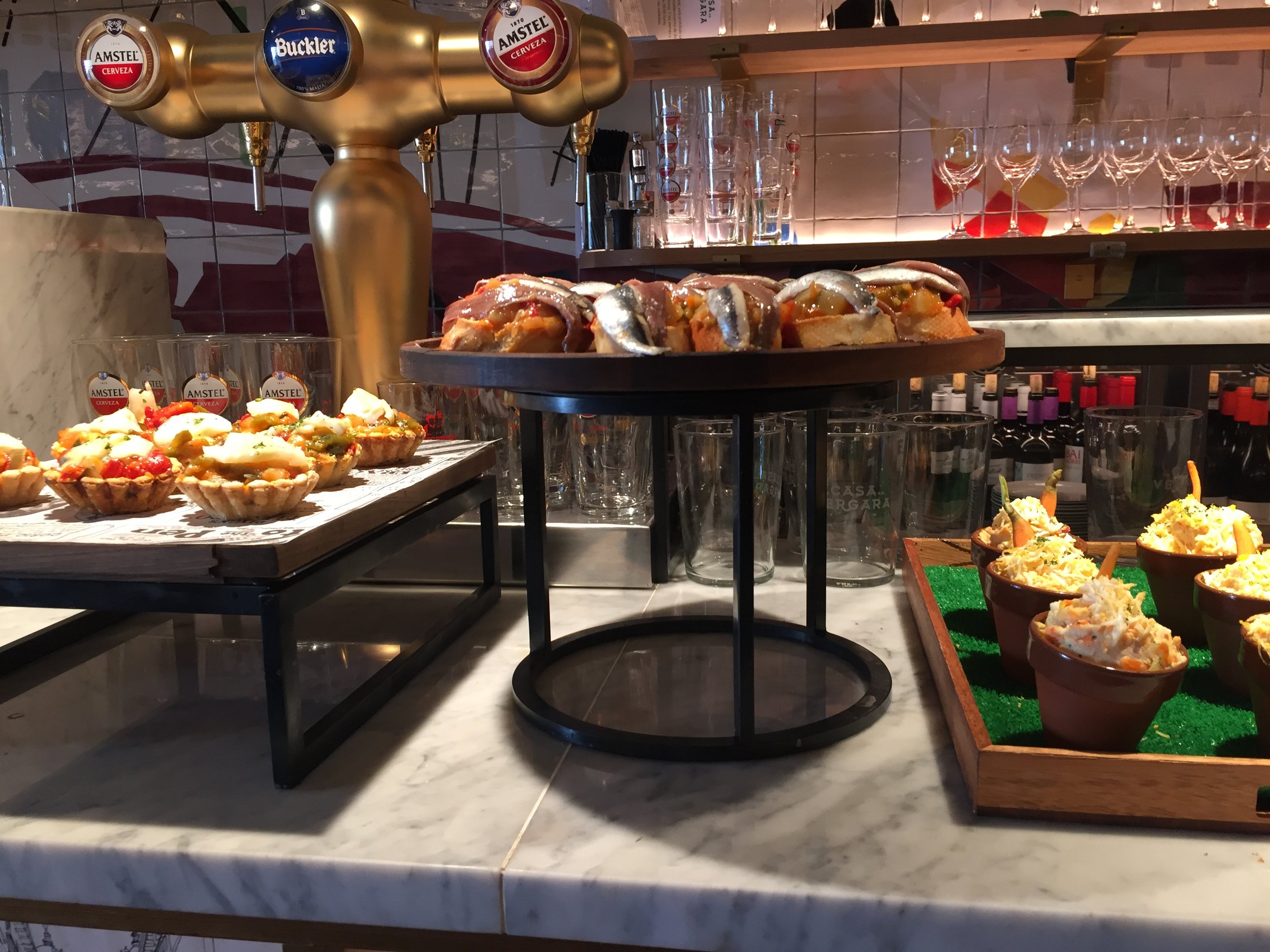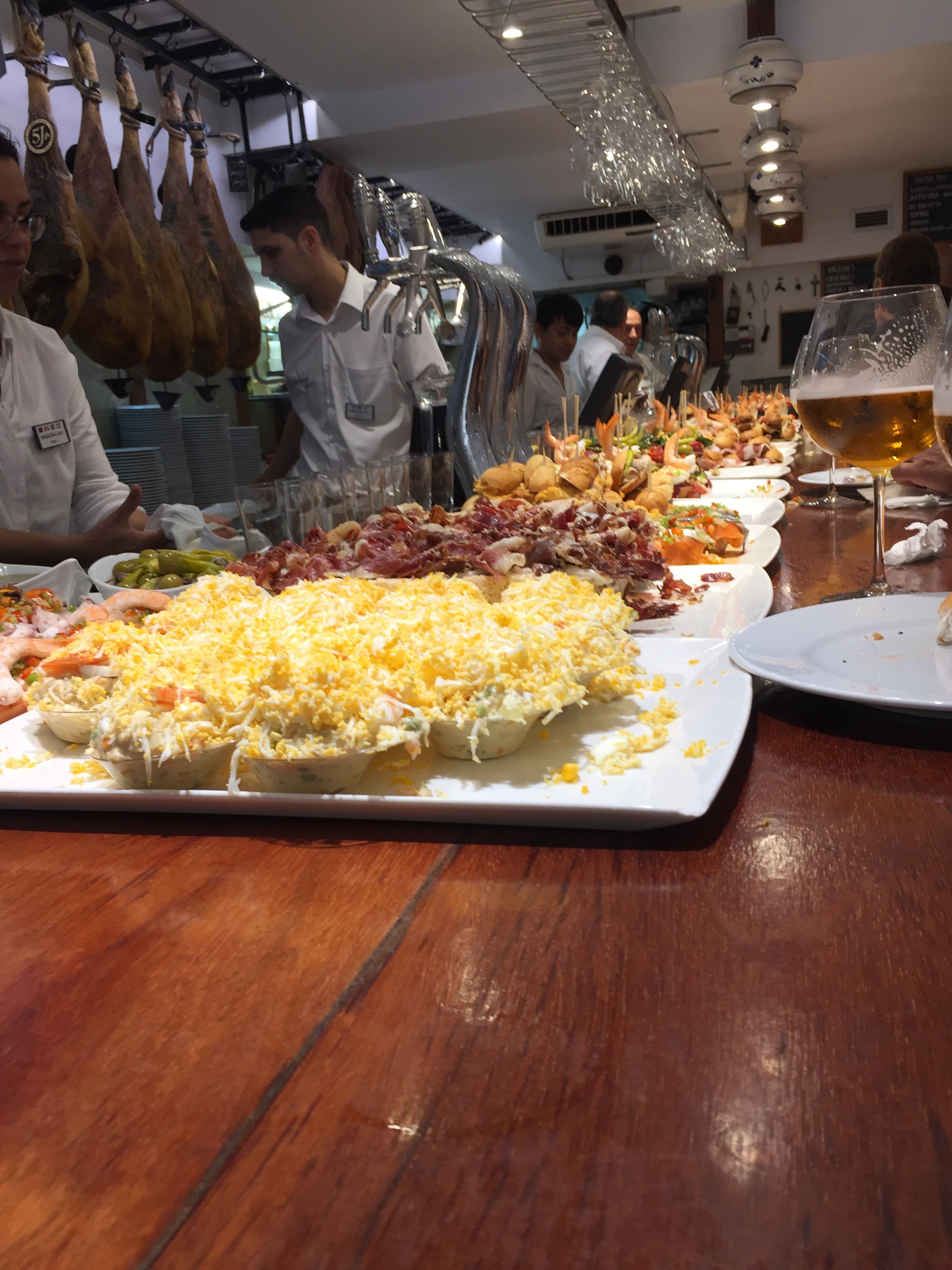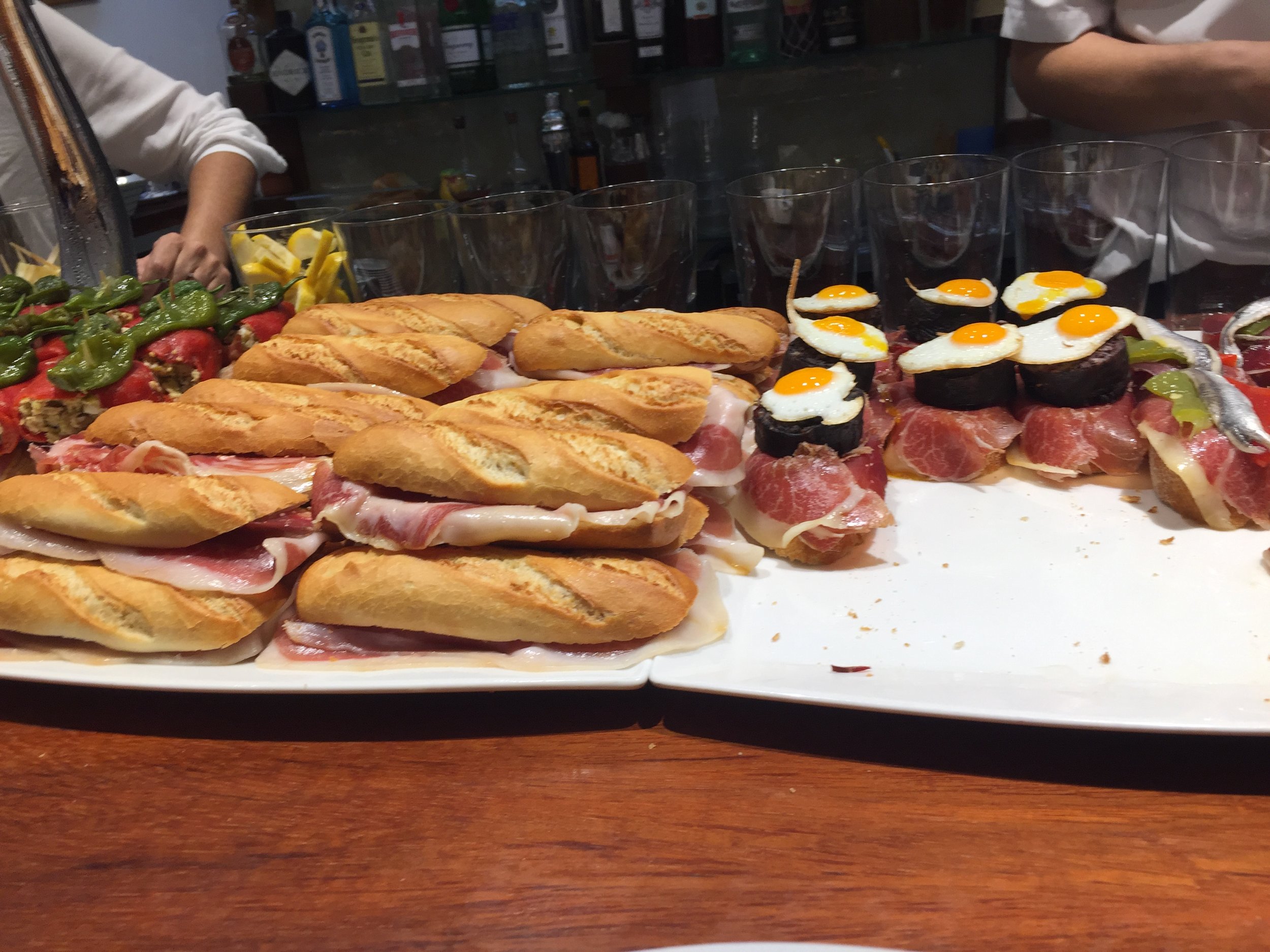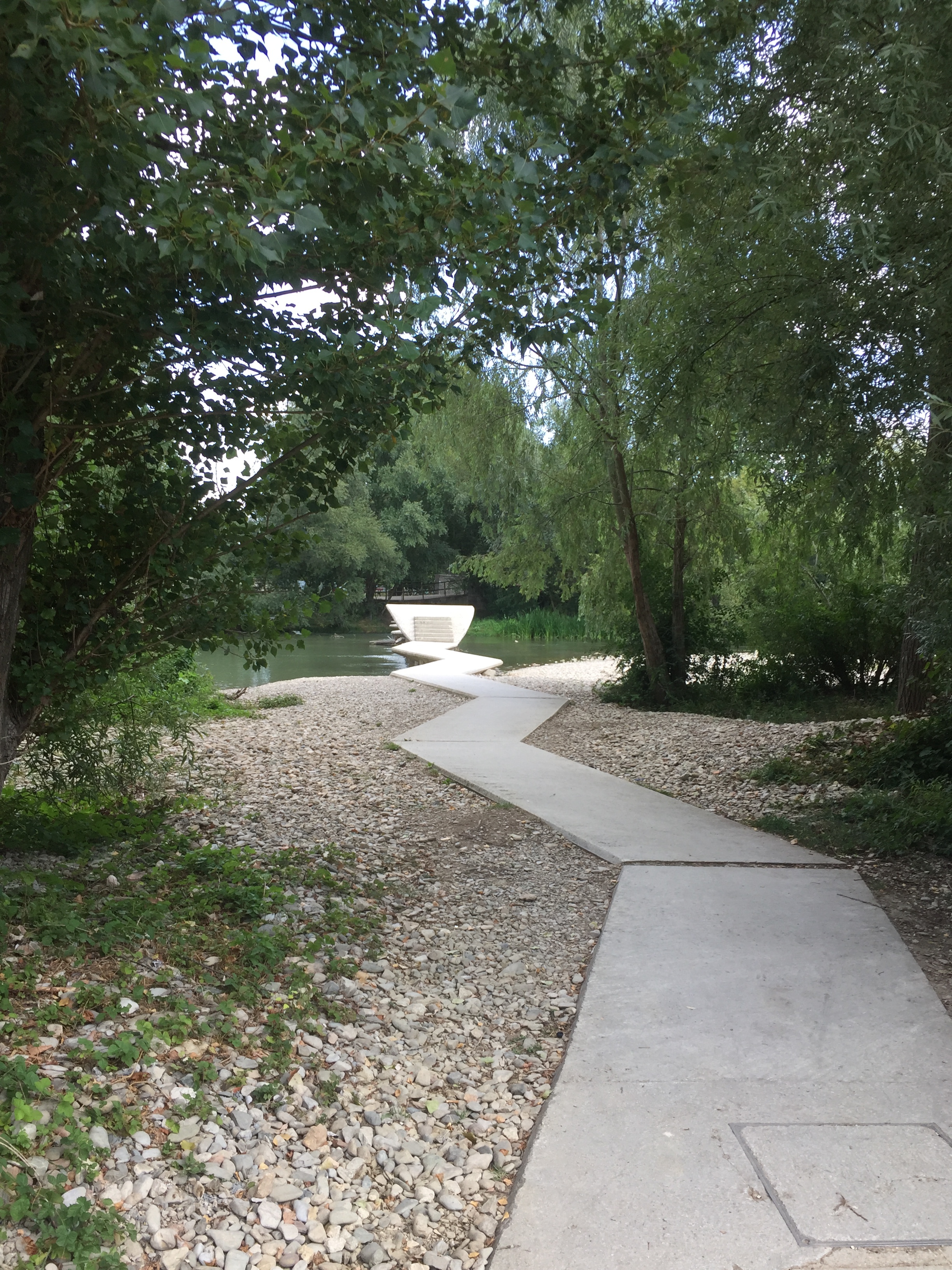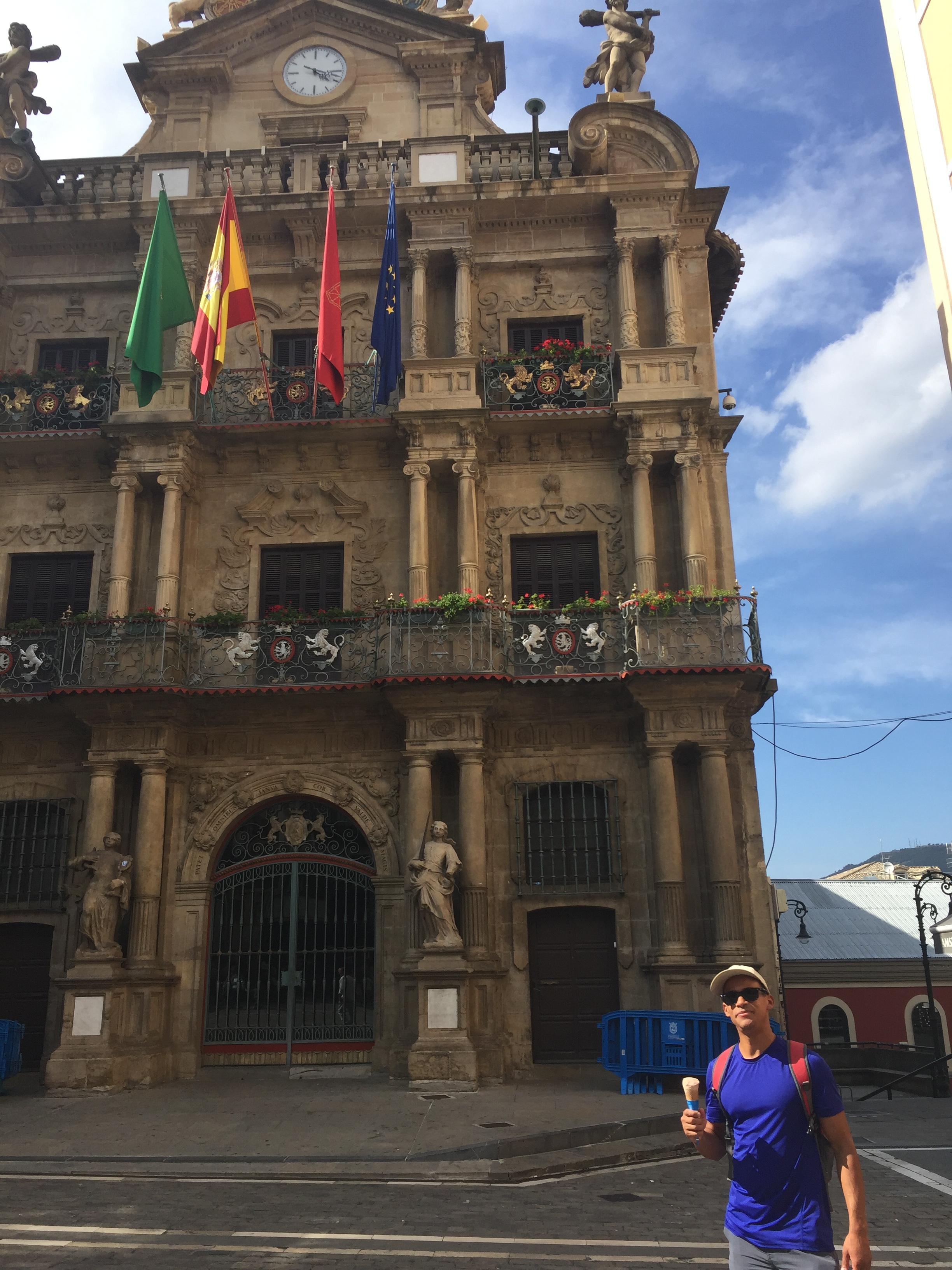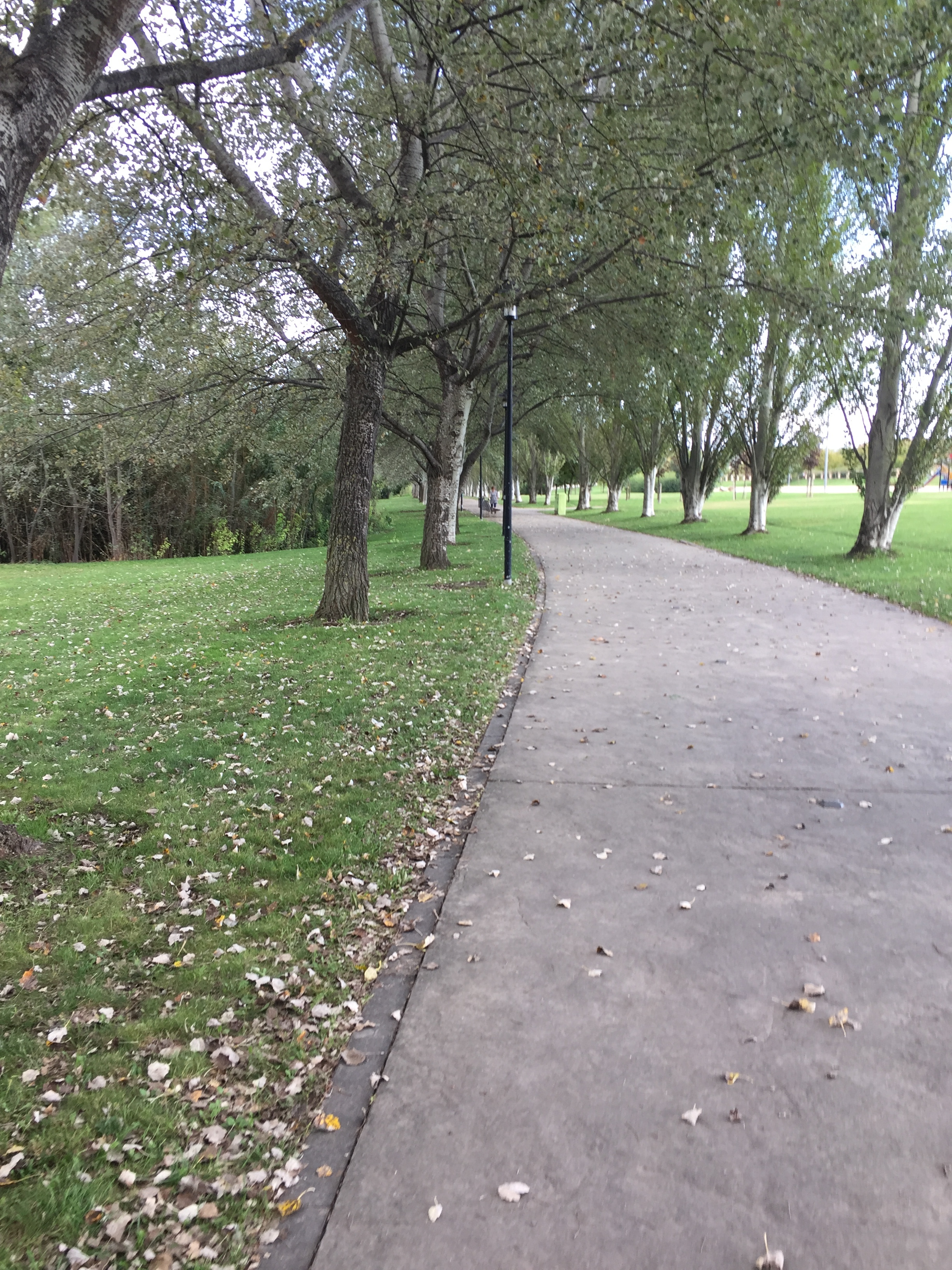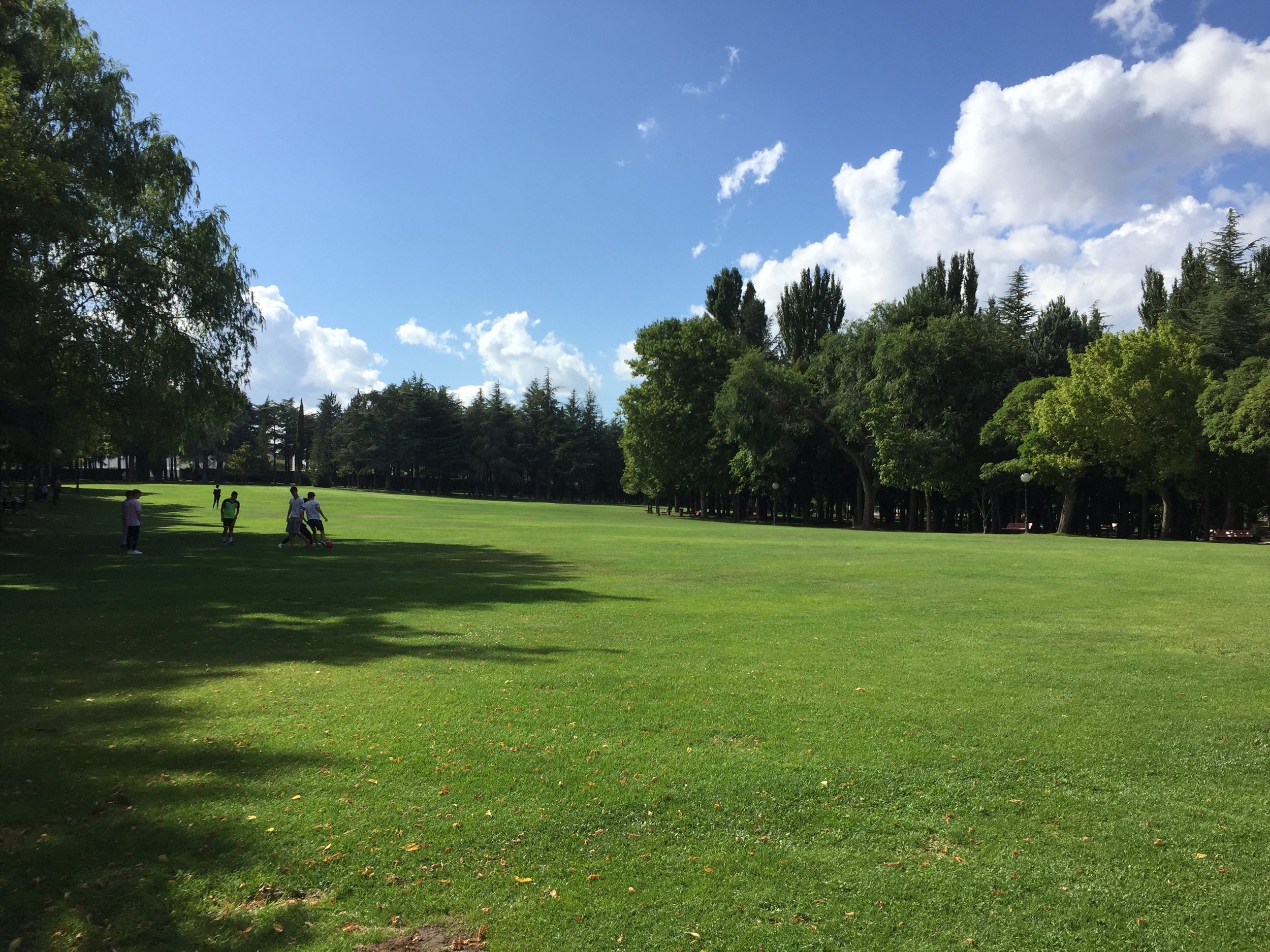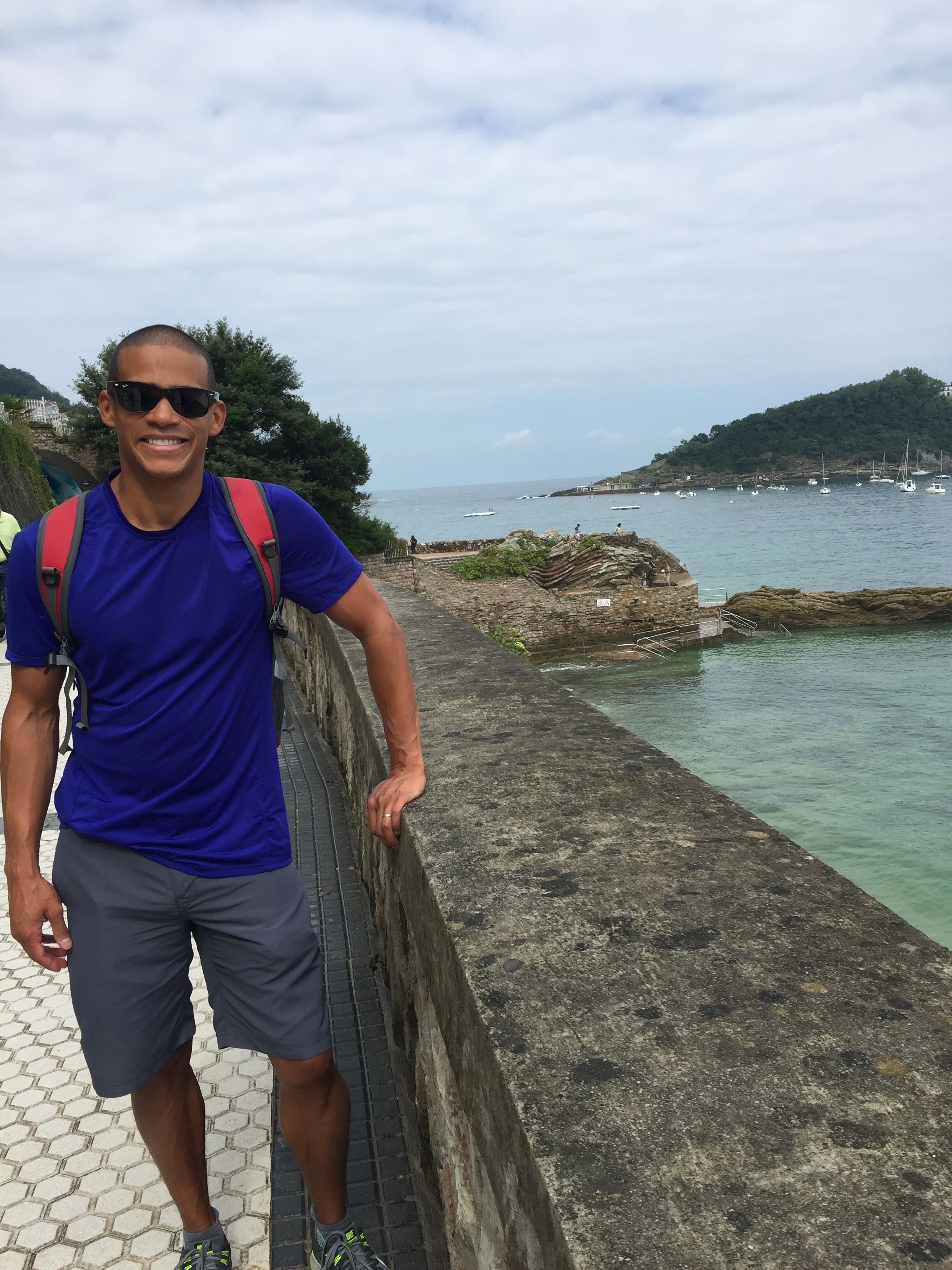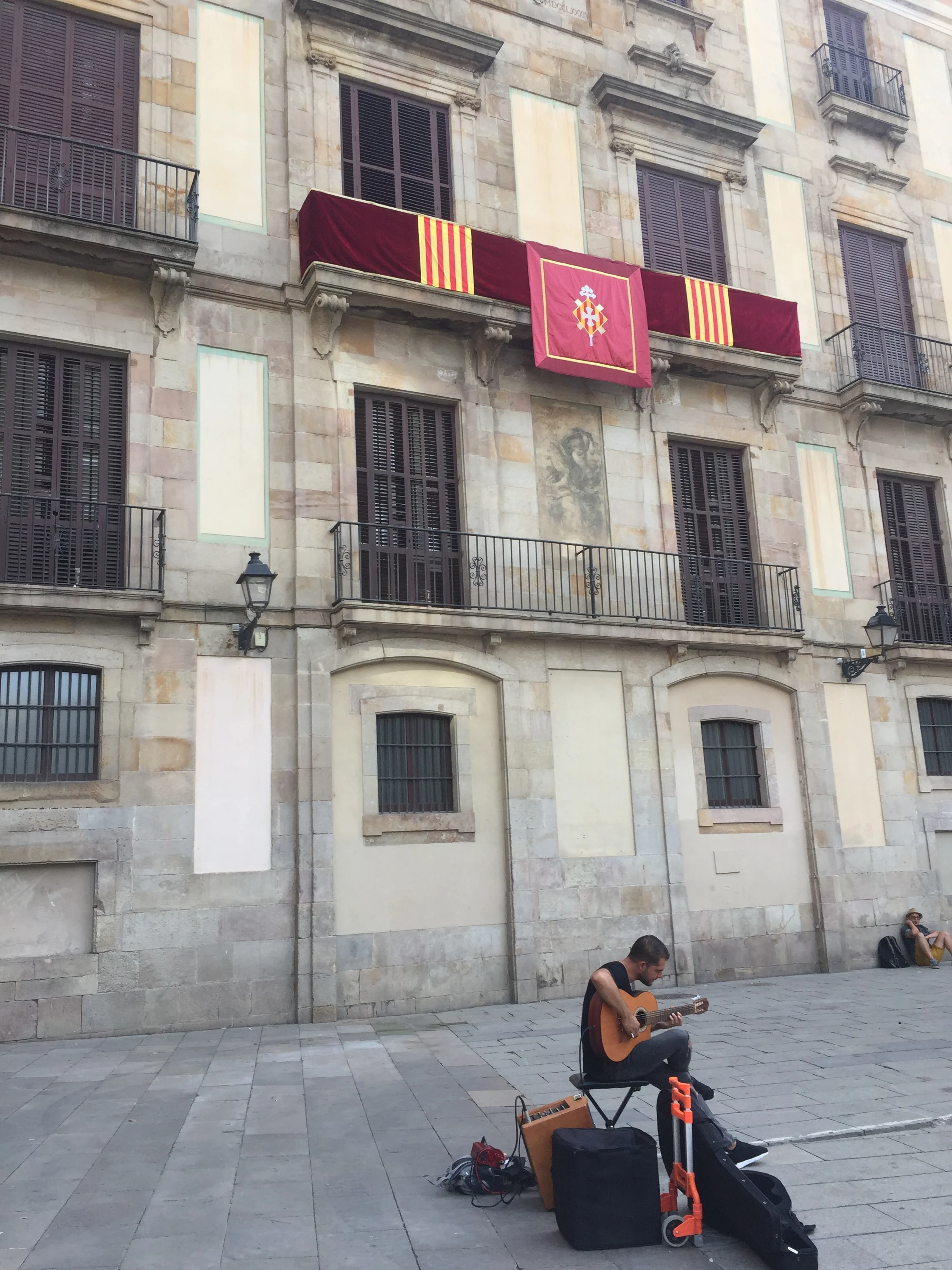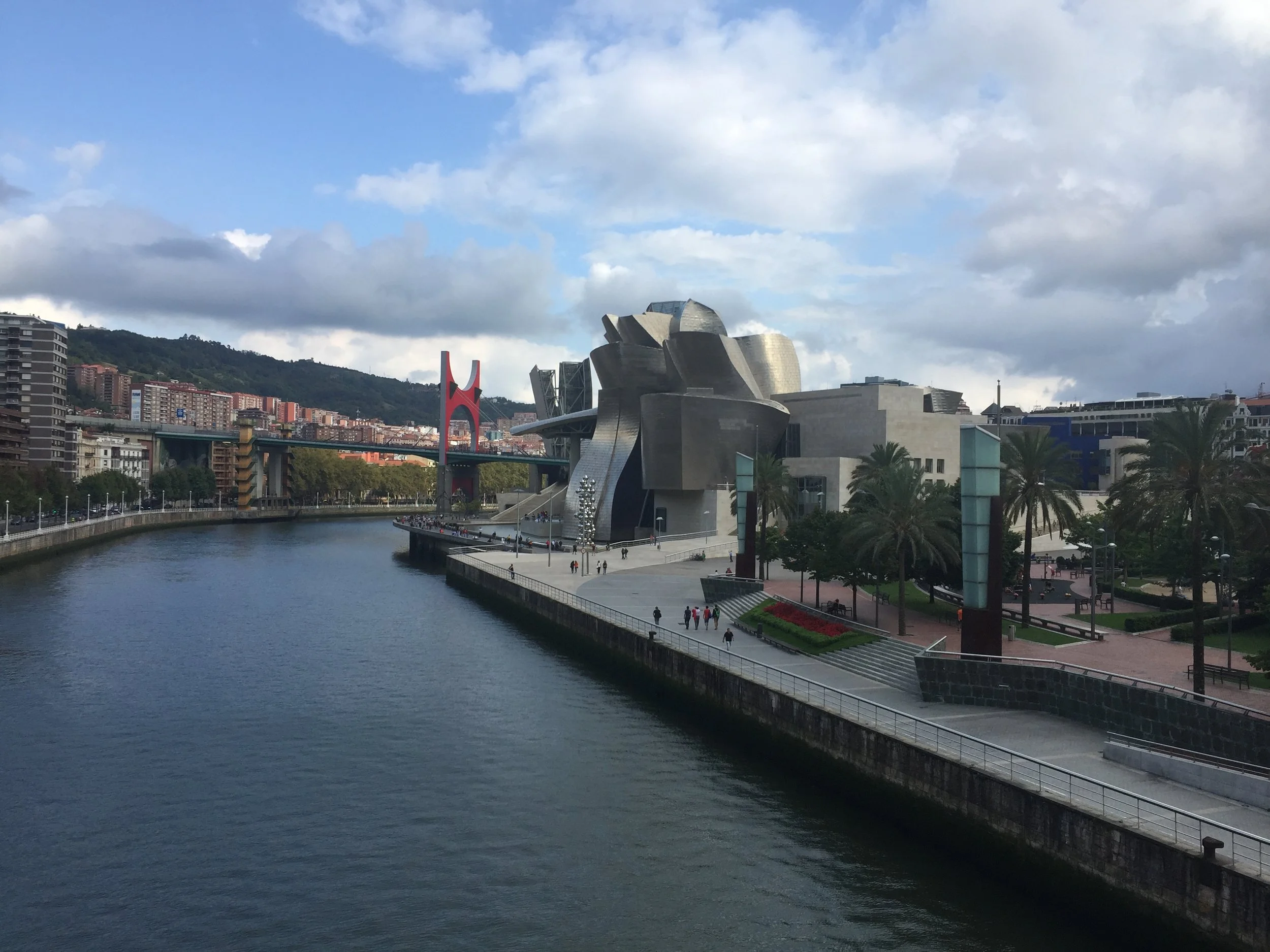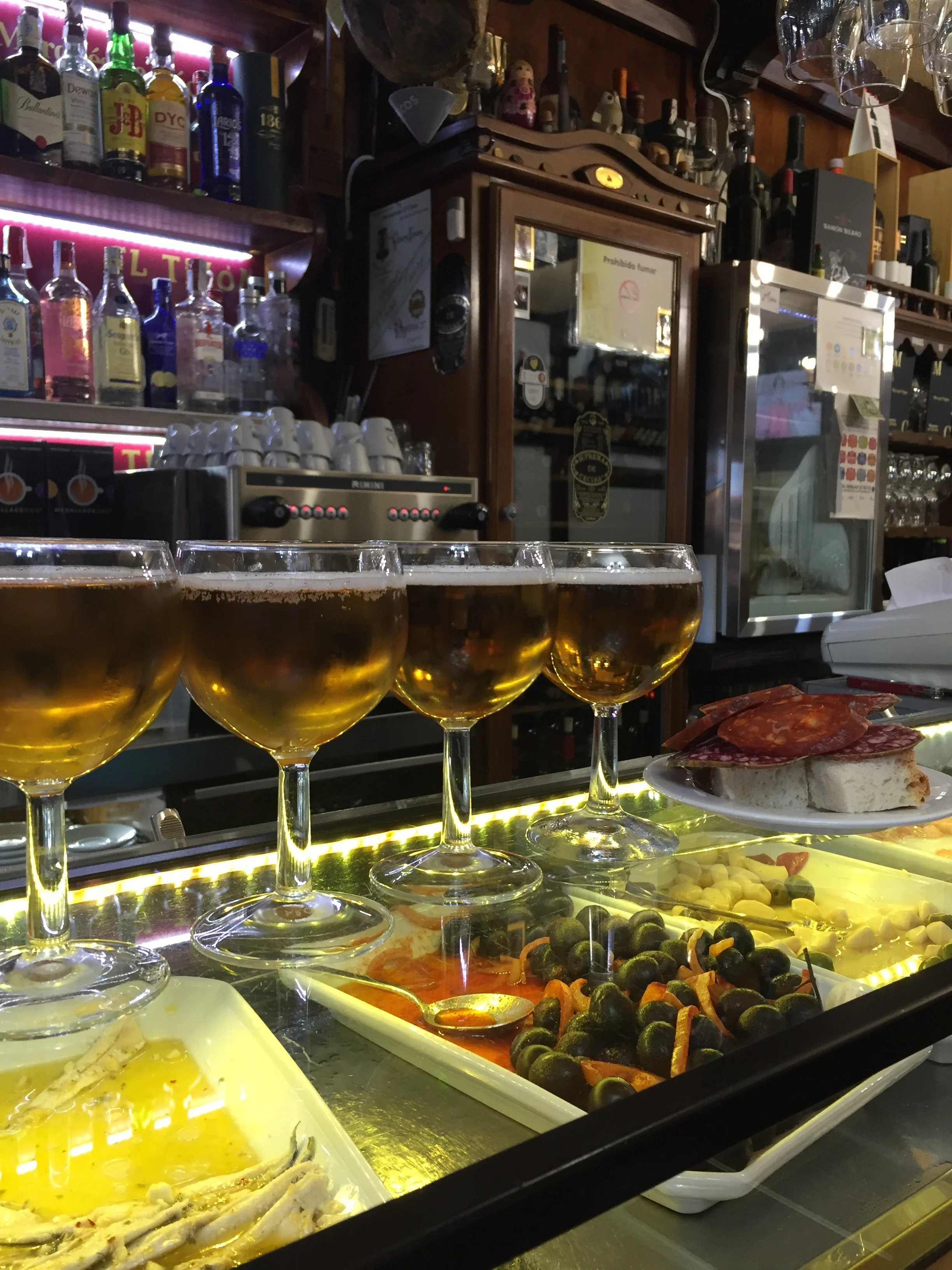Spanish Basque Country Part II: San Sebastián, Pamplona, Logroño
The latter half of our Basque Country adventure felt more emblematic of the region. Scenic villages, unparalleled food and wine, it truly did exceed expectations.
From Bilbao, we drove to the iconic San Sebastián to stay for two nights.
Since we had the car, we stayed a couple of miles outside of downtown San Sebastián in an apartment in Donostia.
I should note, having a car and staying in airbnbs poses an entirely new obstacle with parking. A blessing to be explore beyond the major cities, but certainly poses more of a challenge when finding accommodations. Especially in cities such as San Sebastián.
But for good reason. San Sebastián is worthy of it’s glorified reputation.
As soon as you near the dramatic coastline, the city’s inherent charm draws you in.
It’s fairly unoriginal to fall for San Sebastián. It’s long attracted visitors, including Spanish royalty.
The ancient architecture along cobblestone streets are constant reminders of the deep-rooted Basque culture.
Basques are considered to be one of the oldest ethnic groups in Europe. Furthermore, as one of the oldest living languages, the Basque language has nearly seven different dialects.
One ever-present cultural pastime is a fervent appreciation of quality shared meals. As such there is a burgeoning culinary scene, with a record number of Michelin-starred restaurants and gourmet societies. In San Sebastián, the infamous pintxos, or Basque tapas, line the streets. These particular tapas are varied elevated small plates made with the finest and freshest local ingredients.
We only had one full day, but fortunately, the city is quite manageable in size.
After walking into town, we stopped for our first of many pintxos on the busting Calle Mayor. Nagusia Lau was overflowing with people, so we found it to be a good place to start. Essentially, there’s rows of innovative bites ranging from the familiar Gilda (skewer of guindilla pepper, a Cantabrian anchovy fillet, and a manzanilla olive) to Solomillo (grilled beef sirloin on a slice of bread).
You stack a plate, and then are subsequently charged for the toothpick, indicating what you had.
After, we headed up to Monte Urgull, a legendary hill overlooking the ocean.
The trek to the top was the highlight, and felt like a complete oasis from the city below.
The hill’s peak is over 120 meters tall, and served as crucial defense mechanism since the 12th century, when the city was founded.
The views were spectacular,
After, we proceeded to Casa Vergara for another pinxios break.
In addition to the original cuisine, San Sebastián is largely renowned for their festivals. From International Film Festivals to cultural expos, it appears there’s always something. We came across the Basque Beer Fest, which entailed a small tent setup near the center of town.
We met up with another American couple who were backpacking, and enjoyed a couple of rounds.
We ended up sharing travel stories all night, and grabbed dinner with them.
When visiting San Sebastián, even for a short period of time, I wouldn’t stray from staying slightly outside of the city.
One of the highlights for us was the sunset on our walk back to our airbnb.
And also, getting to know the local neighborhoods outside the touristic center.
The following day, we headed to Pamplona, about an hour drive south.
Pamplona is an iconic Spanish town for the infamous festival: The Running of the Bulls.
It’s at the heart of the San Fermin Festival each year in mid-July. The festival spans eight days in which six bulls charge the half a mile sprint to the Plaza de Toros, to contest the bullfighters.
The contest dates back to 2000 BC, and has evolved from gladiator competitions. Today, it remains a cultural mainstay in the Iberian Peninsula.
The historical significance of Pamplona extends further than the iconic bulls.
Fortresses from the 16th-century provide incredible views over the city and vast mountainous terrain.
Pamplona is the capital of Navarre, formerly the Kingdom of Navarre.
After Navarre became part of Castile in 1512, Pamplona became known as a fortress city.
As such, the Citadel, a pentagonal fortress, was constructed in the 16th century.
Against the verdant backdrop, it did feel like you were walking through history.
Furthermore, Pamplona is deemed one of Europe’s greenest cities.
We explored Parque de la Taconera, constructed in 1830, which had a tremendous French influence with tree-lined walking paths.
We tested out the sound amplifiers along the river.
Perhaps most notably, the village is a main stop on the pilgrimage, Camino de Santiago.
We followed the path for a while, as camino travelers trekked into one of the first major city on their route. As we headed back into town, the architecture was quintessentially Spanish.
We were also entering wine country.
There are plenty of watering holes and tapas bars tucked away along the medieval lanes to sample the local wines.
The city was understandably a favorite of Hemingway.
We grabbed one of the best ice cream cones I’ve had in a while, before calling it a day.
Lastly, we made a home in Logroño, an hour drive southwest from Pamplona.
It’s also another stop on the Camino.
As the capital of the La Rioja region which is lauded for its rich soil, the city is primarily known as a gateway to wine country. La Rioja is lauded for producing some of the highest-quality red wine worldwide.
But there’s plenty to discover in Logroño itself.
And the city carries a great pride in their authentic agricultural history dating back to the middle ages.
That Sunday, there was an extensive market, in which farmers sold local goods and fresh produce.
As we explored further, narrow lanes are overflowing with pintxos and wine bars, which naturally we had to sample.
Calle del Laurel, known as "the path of the elephants," is lined with tapas bars. We appreciated how it was a family affair. Each tapas bars had a specialty, and kids were running in the street, munching on mini hamburgers. Going tapas hopping was the ultimate, leisurely weekend activity.
Mostly, we enjoyed Logroño’s lush parks.
A short walk from the city center, the buildings dissipate, and you’re immersed in the natural landscape.
Our road trip through Basque country was loaded with culture, delicious wine and tapas, and ample communal green space.
The drives themselves were breathtaking, and we weren’t expecting so much of the terrain to remind us of New Zealand.
Our last stop on the way to Madrid was Soria, along the Douro River.
It seemed like an insignificant pitstop, due to it’s small, sleepy nature. Simply a place to grab lunch.
But once again, the parks! The amount of green space around Spain will forever inspire us and have us question why American cities don’t prioritize more shared outdoor areas.
Ultimately, we fell for Spain. The country’s deep-rooted history and vast, diverse land is fascinating.
But personally, it’s the culture that was so enthralling. The emphasis on family, sharing meals, and slowing down.
For example, there’s a word specifically for lingering at the table: “sobremesa.” The direct translation is “over the table,” but it refers to spending time after the meal has concluded to enjoy the company of loved ones. It’s a mindset that feels foreign in the States, especially in the fast-paced DC. But in Spain, especially in the historic cities of San Sebastián, Pamplona, and Logroño, we finally learned the importance of slowing down.


